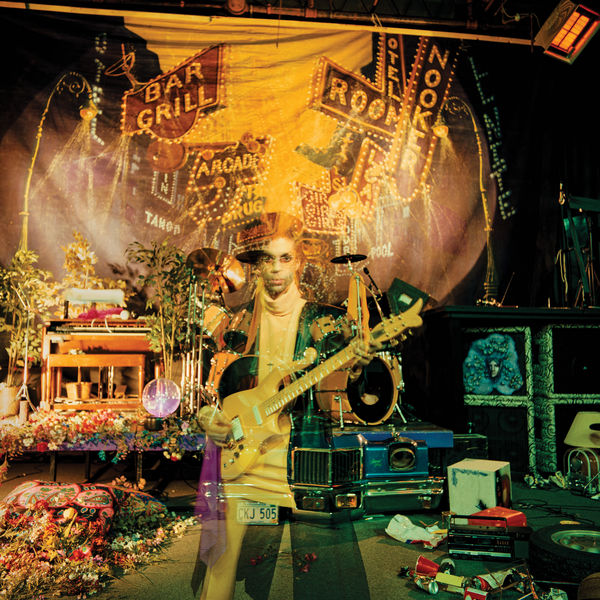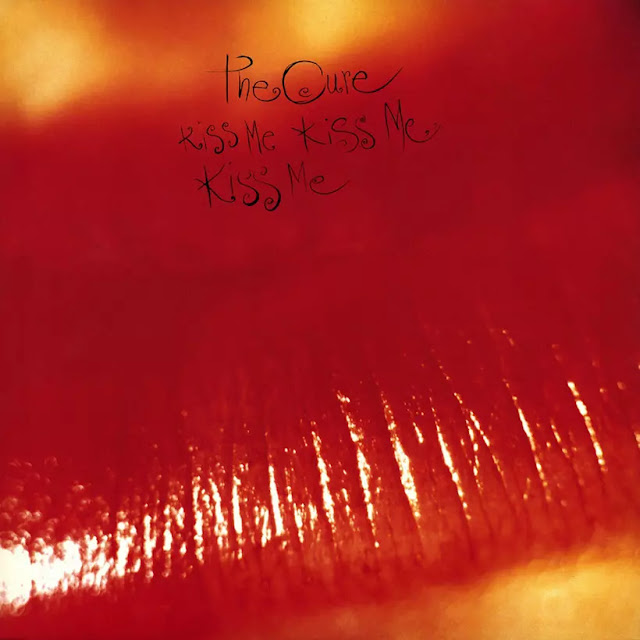The Housemartins: The People Who Grinned Themselves To Death - 1987

This, from 1987, was the second and last album from The Housemartins before they went their separate ways to other projects. It is less Smiths-influenced than their debut album and more Motown-esque in its bassy, rhythmic catchiness. Paul Heaton always loved classic soul/pop. The People Who Grinned Themselves To Death is a vitriolic jibe against the Royal Family hidden behind the group's usual catchy poppiness. I find this a bit sour, to be honest - despite my left-wing politics and punk youth I've actually never bothered much about the Royals. I quite like the history of it all, so there you go - I'm as contradictory a character as Paul Heaton. The breezy pop of I Can't Put My Finger On It has a delicious, deep bass line and a better sound quality the one was used to on Housemartins recordings. The Light Is Still Green is a solid slowish ecologically-motivated number with a wonderful line in "wherever there's a will there's a motorway...". Paul Heato















